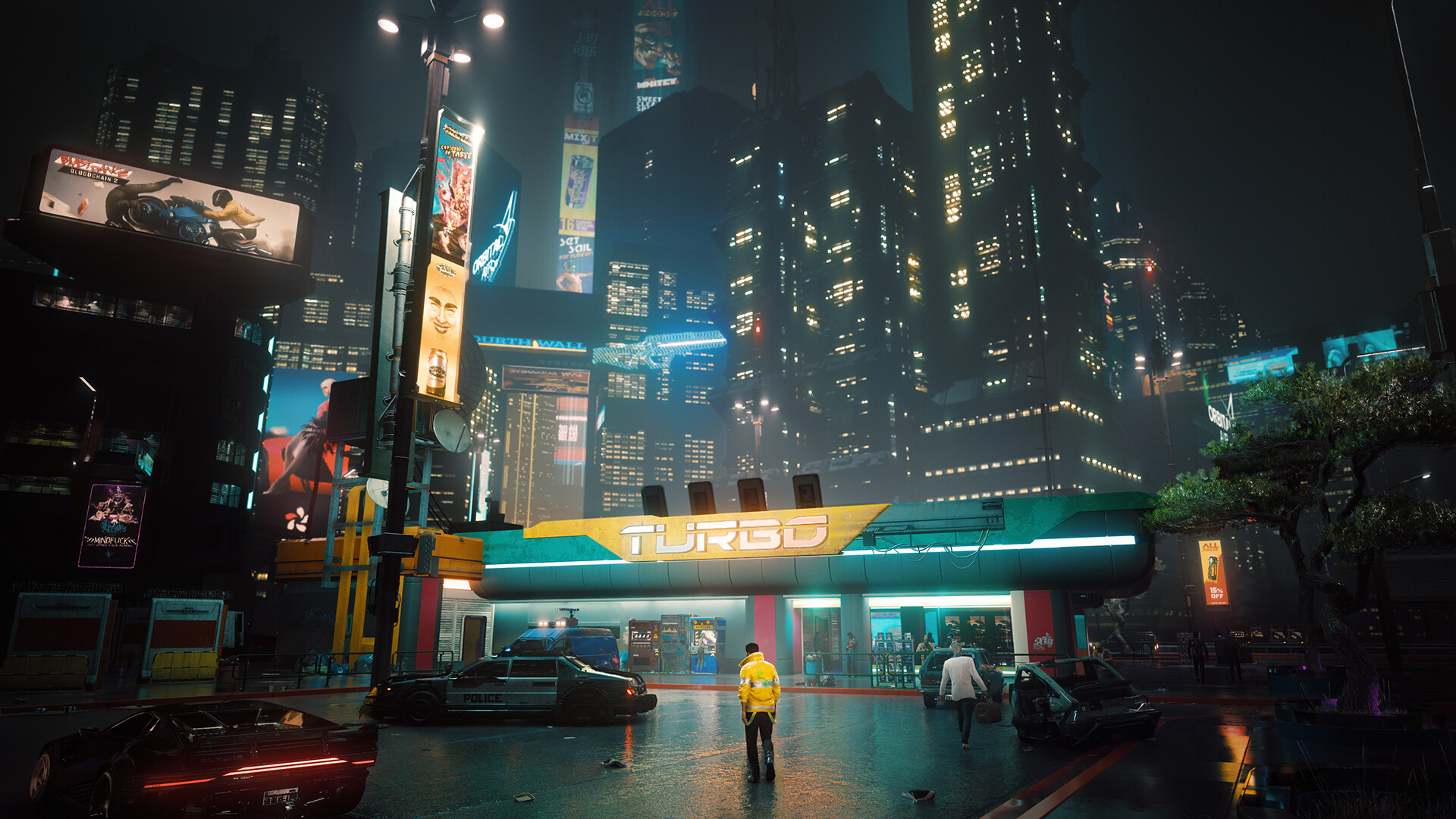Mass Effect 2 Score: RPG Combat Peak
Few games manage to strike the perfect balance between deep role-playing mechanics and exhilarating combat. Mass Effect 2, the second installment in BioWare’s legendary sci-fi trilogy, not only refined the series’ storytelling but also elevated its gameplay to what many consider the pinnacle of RPG combat. While Mass Effect (2007) laid the groundwork with its ambitious blend of shooter and RPG elements, and Mass Effect 3 (2012) polished the formula further, Mass Effect 2 stands out as the series’ combat peak—a masterclass in tactical action, squad dynamics, and player agency.

The Evolution of Combat: From ME1 to ME2
The original Mass Effect was a bold experiment—an RPG with third-person shooter mechanics. However, its combat often felt clunky, with stiff movement, unreliable cover mechanics, and an over-reliance on stats rather than player skill. While the RPG elements were deep, the moment-to-moment gunplay lacked the fluidity and precision expected from a shooter.
Mass Effect 2 completely overhauled this system. BioWare took inspiration from contemporary cover-based shooters like Gears of War and refined the combat into something far more responsive and satisfying. The controls were tighter, aiming was more precise, and the cover system worked seamlessly. Yet, despite these shooter-like improvements, Mass Effect 2 never abandoned its RPG roots. Instead, it struck a perfect balance—gunplay felt weighty and skill-based, but abilities, cooldowns, and squad tactics still played a crucial role.
Tactical Depth: Abilities, Squad Synergy, and Enemy Variety
One of Mass Effect 2’s greatest strengths was its emphasis on tactical combat. Unlike many shooters where brute force could win every encounter, ME2 required players to think strategically. Enemy defenses—armor, shields, and barriers—demanded specific abilities to counter them. A biotic like Jack could devastate unprotected foes with Pull or Shockwave, but against shielded enemies, Miranda’s Overload or Garrus’ Concussive Shot were far more effective.
Squad synergy was another critical element. Unlike ME1, where companions often felt like secondary support, ME2 made each squadmate’s abilities indispensable. Combining powers—such as using Singularity to group enemies before detonating them with Warp—created devastating combos. This encouraged players to experiment with different team compositions rather than sticking to a single favorite squad.
Enemy variety also played a key role in keeping combat fresh. From husks swarming in waves to heavily armored YMIR mechs, each enemy type required a different approach. The introduction of factions like the Collectors, Eclipse mercenaries, and Blood Pack added further diversity, ensuring that no two firefights played out exactly the same.
Weapons and Customization: Streamlined but Impactful
Mass Effect 2 simplified weapon selection compared to ME1, reducing the bloated inventory system to a handful of distinct, meaningful choices. Each weapon class—pistols, shotguns, assault rifles, sniper rifles, and heavy weapons—had a unique feel and purpose. The Mattock assault rifle rewarded precision, the Claymore shotgun delivered devastating close-range power, and the Widow sniper rifle could one-shot weaker enemies with a well-placed headshot.
While the game removed ME1’s excessive loot system, it compensated with meaningful upgrades. Research projects allowed players to enhance weapons, armor, and ship systems, making progression feel impactful. The addition of heavy weapons—like the M-920 Cain, a portable nuke launcher—added an extra layer of firepower for desperate situations.
The Suicide Mission: Combat as Narrative Payoff
No discussion of Mass Effect 2’s combat would be complete without mentioning the Suicide Mission. The game’s climax wasn’t just a narrative triumph—it was a masterful test of everything the player had learned. Every decision, from squad upgrades to loyalty missions, influenced the outcome.
Combat in the Suicide Mission was relentless, throwing waves of Collectors, Praetorians, and Scions at the player. The final battle against the Human Reaper was a spectacle of coordination, requiring precise ability usage and squad management. The stakes felt real—characters could die permanently based on the player’s choices, making every firefight tense and consequential.
Why ME2’s Combat Remains Unmatched
While Mass Effect 3 introduced smoother movement, melee attacks, and more dynamic enemy behaviors, it also leaned further into action, sometimes at the expense of tactical depth. Mass Effect 2, by contrast, struck the perfect balance—its combat was fast-paced yet thoughtful, accessible yet deep.
Even today, Mass Effect 2 stands as a benchmark for RPG combat. It proved that a game could be both a compelling RPG and a thrilling shooter without sacrificing either. Few sequels have ever improved upon their predecessor so dramatically, and few games since have matched ME2’s perfect fusion of strategy, skill, and spectacle.
For those who experienced it at launch, Mass Effect 2 wasn’t just a game—it was a revelation. And for those discovering it today, its combat remains a shining example of how RPG mechanics and shooter gameplay can coexist in perfect harmony.














